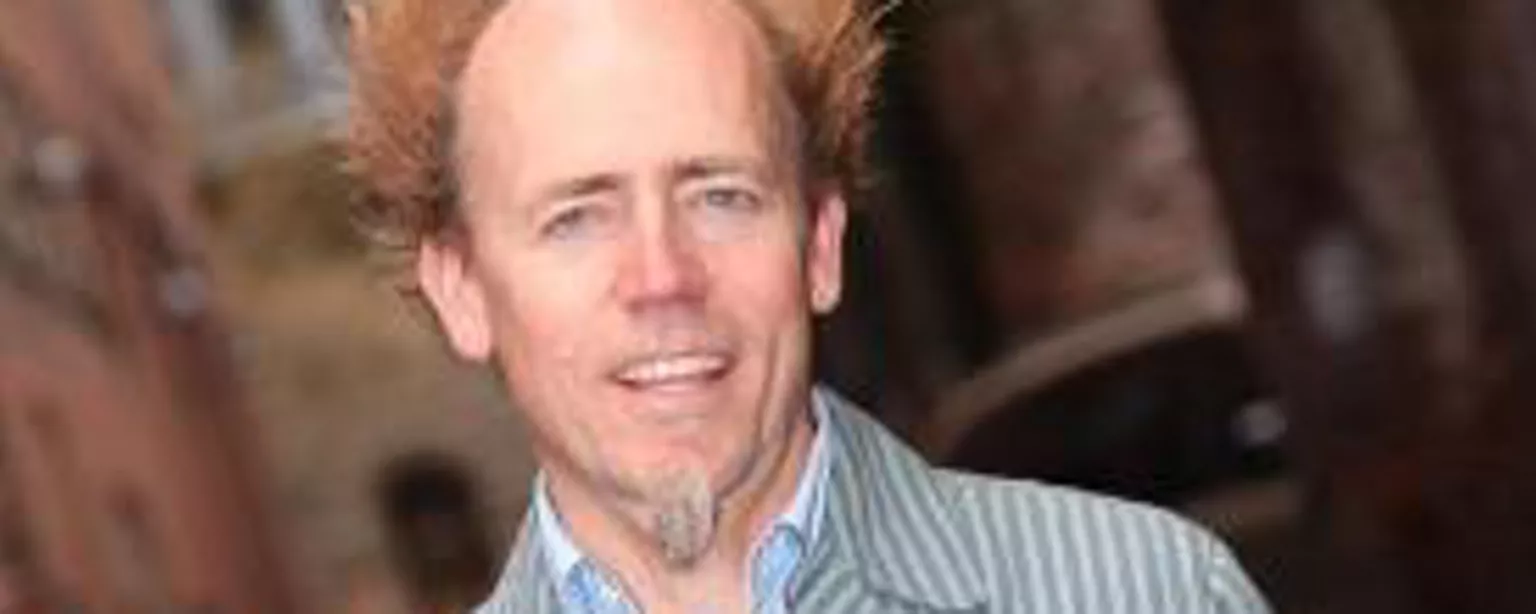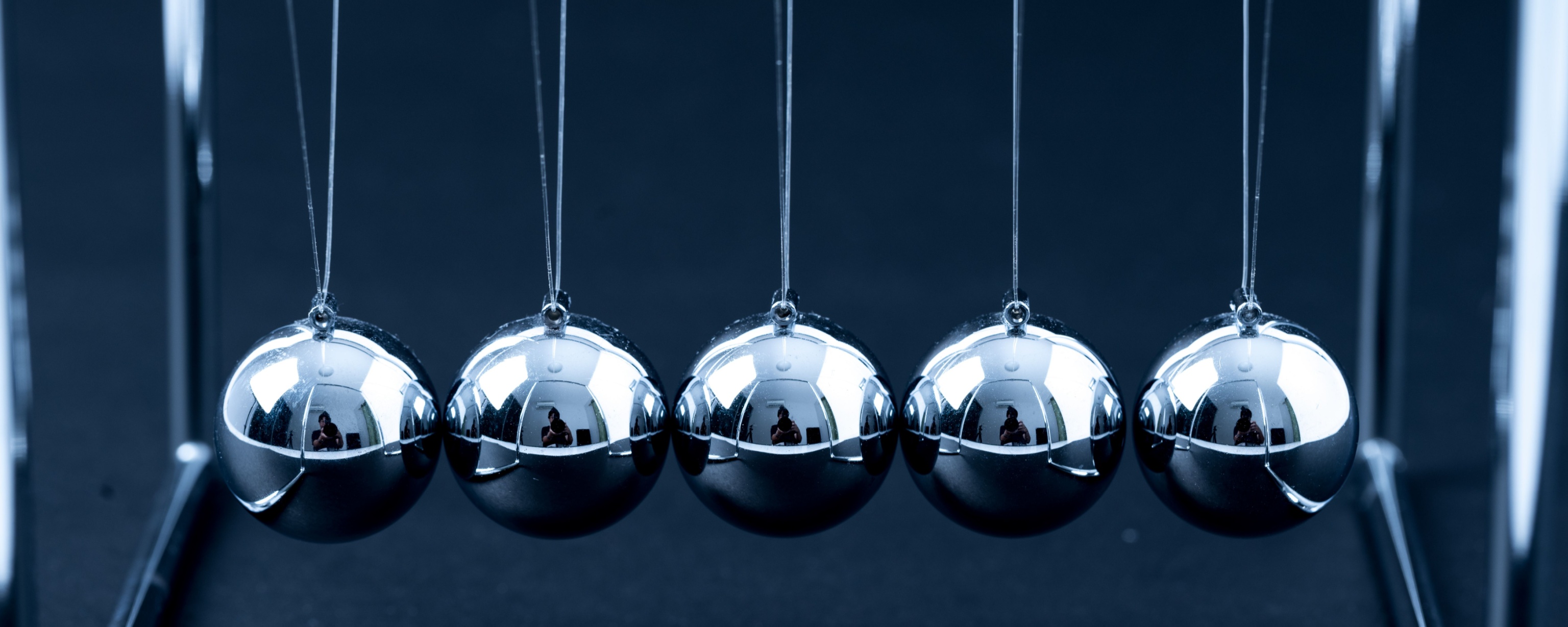Some people think that to be a successful creative business leader you need a killer instinct or take-all mentality. But Stanley Hainsworth, founder and chief creative officer of Tether, says true leadership requires generosity, compassion and a willingness to let others lead.
Stanley Hainsworth may be the most eccentric person I know, but he is also humble and kind, which may be the key to his success. I've witnessed the hoopla at industry conferences after he presents to the crowd. Creative professionals flock to him to ask questions, get advice, or just be near him (and his hair). Hainsworth exudes a certain je ne sais quoi and he takes time with everyone who approaches him, intently listening to their questions and offering guidance, all with a smile on his face.
Hainsworth single-handedly started Tether in 2008 after spending three and a half years as the chief creative officer of Starbucks. Since then, the creative firm has moved three times in its Pioneer Square neighborhood of Seattle to accommodate a growing staff of interactive, industrial and graphic designers, writers, and videographers. Tether now has 75 employees and a second studio in Portland, Ore.
I asked Hainsworth about his path to success and how he inspires his staff to continually churn out amazing work for clients such as BMW, Red Bull, Gatorade and more.
How do you describe Tether’s work environment?
The way I describe myself and our environment is "casual intensity." We have fun, but we're very intense and have high expectations for our creative output. I created Tether to be a place where I would want to work. That includes the people, the benefits, the way we treat each other and our clients, and the work that we do.
There is no gossip or cliques. We're a close community comprised of diverse people with varying backgrounds, beliefs and cultures. But we are all united in our purpose here and we have a lot of fun doing it. For instance, at 3 p.m. every day a gong goes off and we all meet in the café and do push-ups. It's a little burst of action to disrupt the mid-afternoon lull.
What has informed your leadership style over the years?
Everything has influenced me and I've taken mental notes along the way. Every time I worked with an agency on the client side, I would observe how they did certain things – the good and the bad. I observed for 20 years, resulting in the desire to create something unique when the time came to start my own company. I wanted to make it up myself and do what felt right.
My best advice to anyone is to be nice to everyone. People who are kind to everyone and treat people with respect tend to succeed because it all comes around. It doesn't matter if you are a CEO or a taxi driver. I've seen people who have not had that quality and it catches up to them. I live my life that way and have been very conscious of that. Most of our clients are former connections – people I worked with years ago. If you've made a good impression with the quality of the work you do and you're nice, people will want to work with you.
It's also important to be very transparent. I share successes and failures, and my feelings. Sometimes I over-share but I want everyone to feel a part of our successes and failures because an agency is only a collection of people, and it's their talent and passion that creates a company like Tether.
How do you keep your designers motivated and inspired?
We do a lot of things. Every October we have Design Camp, where we go off and spend a couple of days doing things outside of the norm, including a talent show where the goal is to get your colleagues to cringe for you. The biggest benefit of that is getting to know each other outside of work and bonding.
We have a Tether grant program. If you come up with a good idea and a plan, we'll fund it. For instance, Daniel Petrzelka, one of our design directors, came up with The Hive Project. We have beehives on our roof and we're making honey that will be sold in local stores and used as an ingredient in local products.
We have an education fund. Designers get an allowance that they can use for classes, a conference or something that will inspire them. At least once a month, we'll bring in a speaker – anyone from a musician to a comic book artist to a designer – to present to the group in a Tether Talk.
At our weekly studio meeting, someone gets up and shares something about themselves that we don't know. These stories are fun and are often presented in a hilarious way.
How is your business organized?
All the disciplines work together as opposed to handing off work from one discipline to the other. There are creative leaders in every discipline who manage their teams, but we're not very hierarchical. We have an open studio plan with lots of flow and collaboration.
In client meetings, team leaders present and I'm there for support and inspiration. It's the same in the studio – they lead their projects and I'm there for guidance, and ultimately sign-off. I need to let go enough to let them lead, for my sanity and everyone else's growth. I can go away for a couple of weeks knowing everything is fine.
I follow Tether on Twitter and I see a lot of fun, non-client projects. One involved Sasquatch and a soapbox car. Tell me about this.
A few months ago we competed in the Red Bull Soapbox Race, where we built a car from scratch and videotaped the process. We came up with the name – the Squatch Watch – and did promotion and branding, designed uniforms, and made a video of the race. It involved all of our disciplines.
These projects, although fun, are treated like client projects in that there's a proposal, a budget and hours involved. It's part of work so people don't have to do it after hours, although they usually do. The reality is that we spend more time at work than we do at home, and we spend more time with our colleagues than we do with our families, so creating the type of work environment where there is joy and satisfaction is very important. The client projects should be challenging and fulfilling but the non-client projects help determine our culture and community.
What's the best part about running Tether?
The original personal goal of starting Tether was to make myself uncomfortable again – to grow and learn. That part has been successful, as I've had to learn how to expand beyond just doing the creative and learn how to run a business. I've also learned that each person that you hire colors your company differently and creates that wonderful amalgam of experiences and personalities that makes us uniquely who we now are – and who we will be in the future. And, in the end, it's about the creative output which is the result of all the work and time we spend together. These are the tangible results of who we are.
Image courtesy of Stanley Hainsworth.






